The best Windows laptops in 2021
The best Windows laptops are light enough to carry all day and powerful enough to tackle your daily tasks without chugging, with enough battery power to get you through a full work day without carrying a charger. A great screens and a comfy keyboard is nice to have too.
Until relatively recently it was tricky to find a Windows laptop that offered all of the above; Windows enthusiasts were long relegated to choosing between chunky, utilitarian black or silver laptops with great components but subpar screens and dull designs. But now, manufacturers have designed some incredibly svelte Windows ultraportables with gorgeous screens and great battery life, affording you a smorgasbord of options when it comes to finding the best Windows laptop for your needs.
What are the best Windows laptops right now?
Right now we think the latest Dell XPS 13 is the best Windows laptop overall, thanks to its winning combination of portability, power, and battery life. The beautiful, nigh-borderless InfinityEdge display doesn’t hurt, either. If you want an AMD-powered machine that’s a bit cheaper but still sports an OLED screen, the Asus Zenbook 13 OLED is a great choice.
If you want to play the latest games at decent framerates, the Asus ROG Zephyrus G14 is our pick for the best Windows gaming laptop for the price. By that we mean you won’t pay much more for the Zephyrus G14 than you would for most laptops on this list, yet you’ll get impressive performance in the latest games and great battery life, which is hard to find in gaming laptops.
For those who prefer a Windows laptop that can turn into a Windows tablet, we recommend the Lenovo Yoga 9i or HP Elite Dragonfly as the best Windows 2-in-1 laptops to buy. Both are powerful and long-lived with great displays, and the Yoga 9i is incredibly affordable while the Elite Dragonfly is pricey but packed with premium features and impressive battery life.
For more suggestions on which Windows laptop is best for your needs, read on.
The best Windows laptops you can buy right now

The Dell XPS 13 is one of our favorite laptops thanks to its excellent performance, beautiful display, and svelte design. While the battery life isn’t as good as some other laptops of similar price, it’s usually more than enough to get you through a day of work without scrambling for a charger.
Plus, in 2021 Dell began offering the XPS 13 with a 3.5K OLED touchscreen option. If you can afford it (it’s usually a couple hundred bucks extra, around the same price as the non-OLED 4K screen configuration) it’s well worth the investment, as the OLED’s deep, inky blacks, vibrant colors, and high contrast ratios really shine when mounted in the XPS 13’s thin-bezelled InfinityEdge design. We like this laptop so much we awarded it best laptop and best laptop display in our Tom’s Guide Awards 2021.
Read our full Dell XPS 13 OLED review.
Not interested in OLED? Don’t miss our Dell XPS 13 (2020, 11th Gen) review.
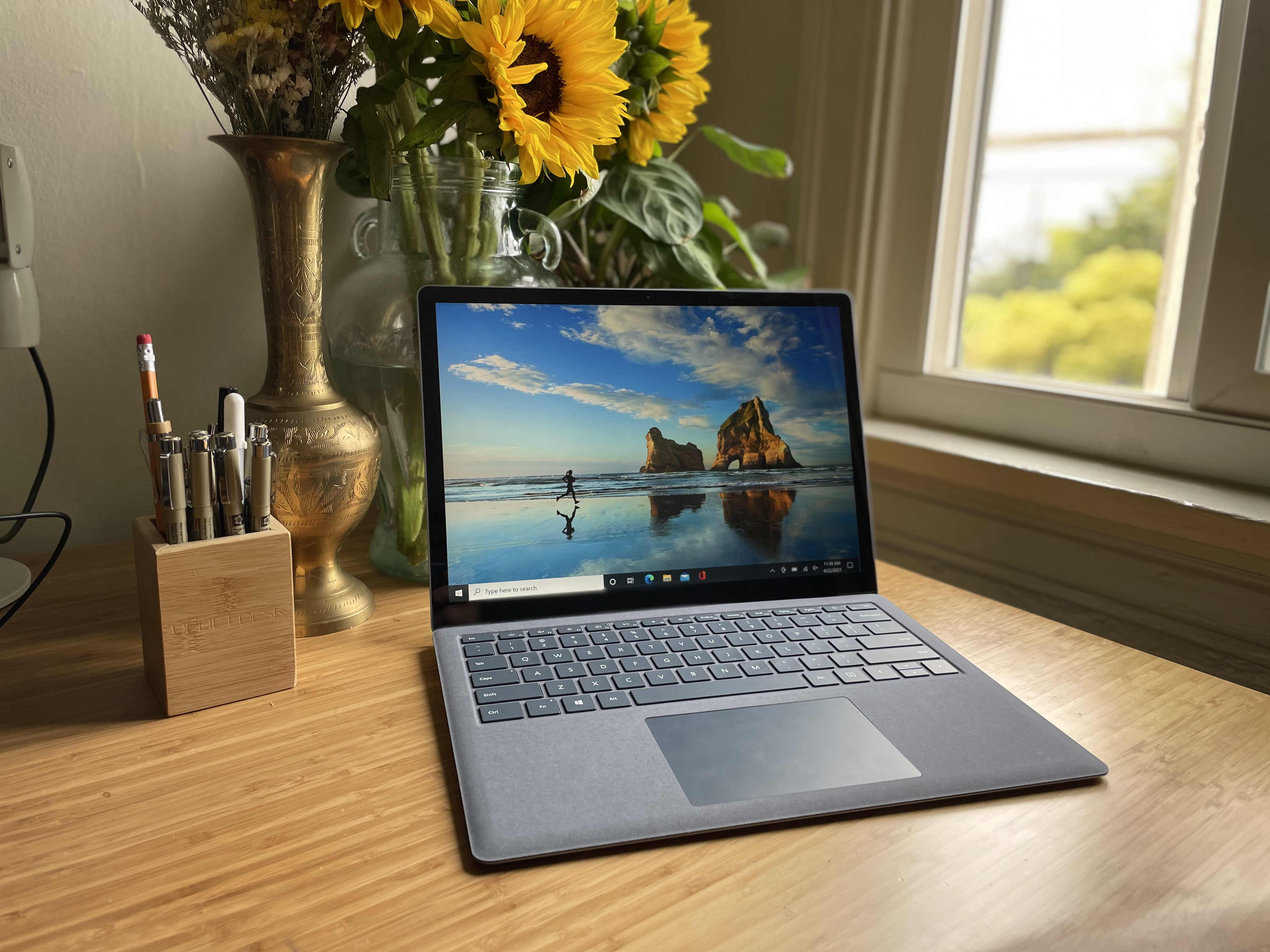

The Microsoft Surface Laptop 4 is the closest thing the company makes to a flagship Windows laptop. This 2021 addition to the Surface Laptop line packs premium components into a svelte chassis, and it comes with a clean Windows 10 install that’s bloatware-free.
If you’re looking for a premium Windows laptop to work from anywhere, the Microsoft Surface Laptop 4 is the way to go. It has a comfy keyboard with well-sized, satisfying keys and a nice Alcantara deck option that gives your wrists a little more comfort than a typical all-metal laptop. Factor in the respectable 10+ hour battery life and the screen’s tall 3:2 display ratio, which can help you read and edit documents more comfortably, and you have a great notebook for getting things done on the go. It’s so good it won a recommendation for best-sounding laptop in our Tom’s Guide Awards 2021.
Read our full Microsoft Surface Laptop 4 review.
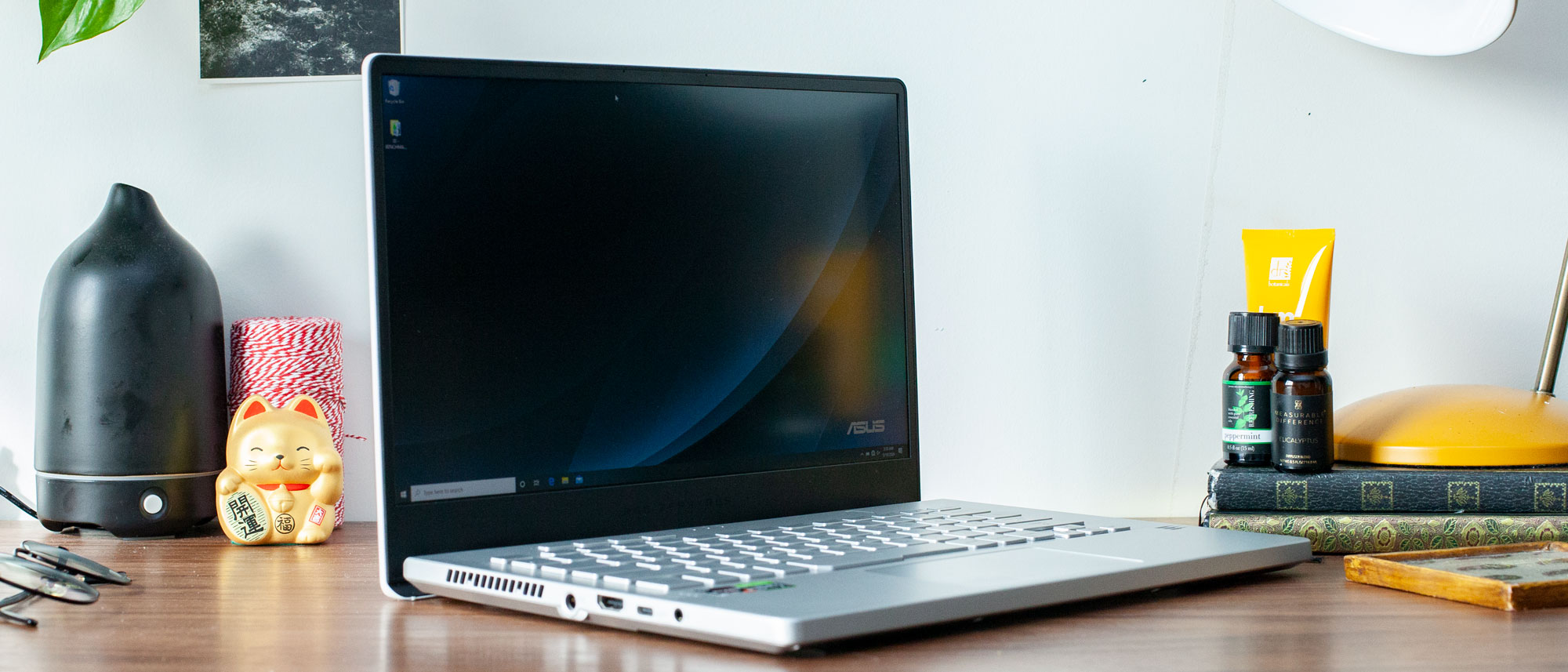

One of the trickiest challenges gaming laptop manufacturers face is creating a machine that packs in enough power and cooling for true gaming performance, yet is also actually slim and light enough to be easily transported around and used on your lap. In this respect, the Asus ROG Zephyrus G14 really shines; it achieves a great balance between power and portability by making use of the AMD Ryzen 9-4900HS processor, a new laptop-grade CPU that comes with AMD’s latest tech to efficiently deliver power. Add-in the Nvidia GeForce RTX 2060 Max-Q GPU and you’re looking at a very powerful 14-inch laptop.
It delivers the goods when you’re gaming but also delivers 11 hours of battery life when you’re not, making this a decent workhorse machine as well. And at a price that ranges from $1,049 and ranging up to $1,999, the ROG Zephyrus G14 is pretty affordable depending on the spec you opt for. Even when it’s fully kitted out, it’s still cheaper than other gaming laptops. Sure, you don’t get a webcam and the keyboard backlighting has some issues, but overall this is currently our top pick for the best Windows laptop you can buy for gaming. Plus, the battery life is good enough to win a recommenation for longest-lasting laptop in our Tom’s Guide Awards 2021.
Read our full Asus ROG Zephryus G14 review.
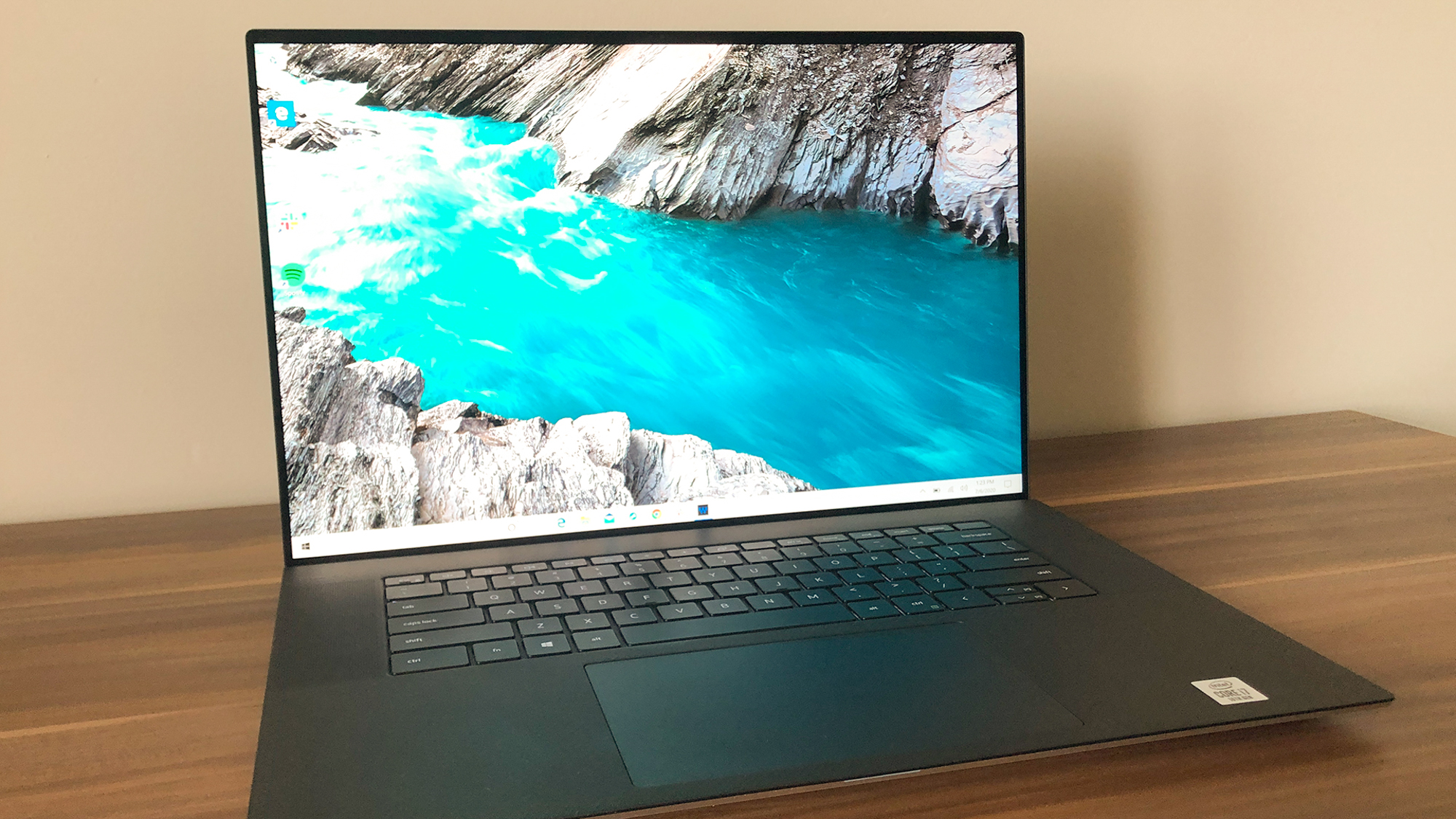
The Dell XPS 17 (2020) stands out from its smaller siblings with more powerful graphics options that make it an ideal Windows laptop for game enthusiasts and content creators. While it can get quite pricey if you trick it out with high-end components, the XPS 17 is one of the best laptops to buy if you want beastly performance and a huge, gorgeous InfinityEdge display united in a slick, svelte design.
Despite being Dell’s biggest XPS laptop on offer, the XPS 17 actually feels small for its size, offering incredible power (for a laptop) in a chassis that’s comparable to many 15-inch notebooks. We’re still waiting on Dell to update the XPS 17 with top-of-the-line 11th Gen Intel processors, but even without the latest Tiger Lake CPUs a Dell XPS 17 is one of the biggest, most powerful, yet elegant Windows laptops you can buy.
Read our full Dell XPS 17 (2020) review.
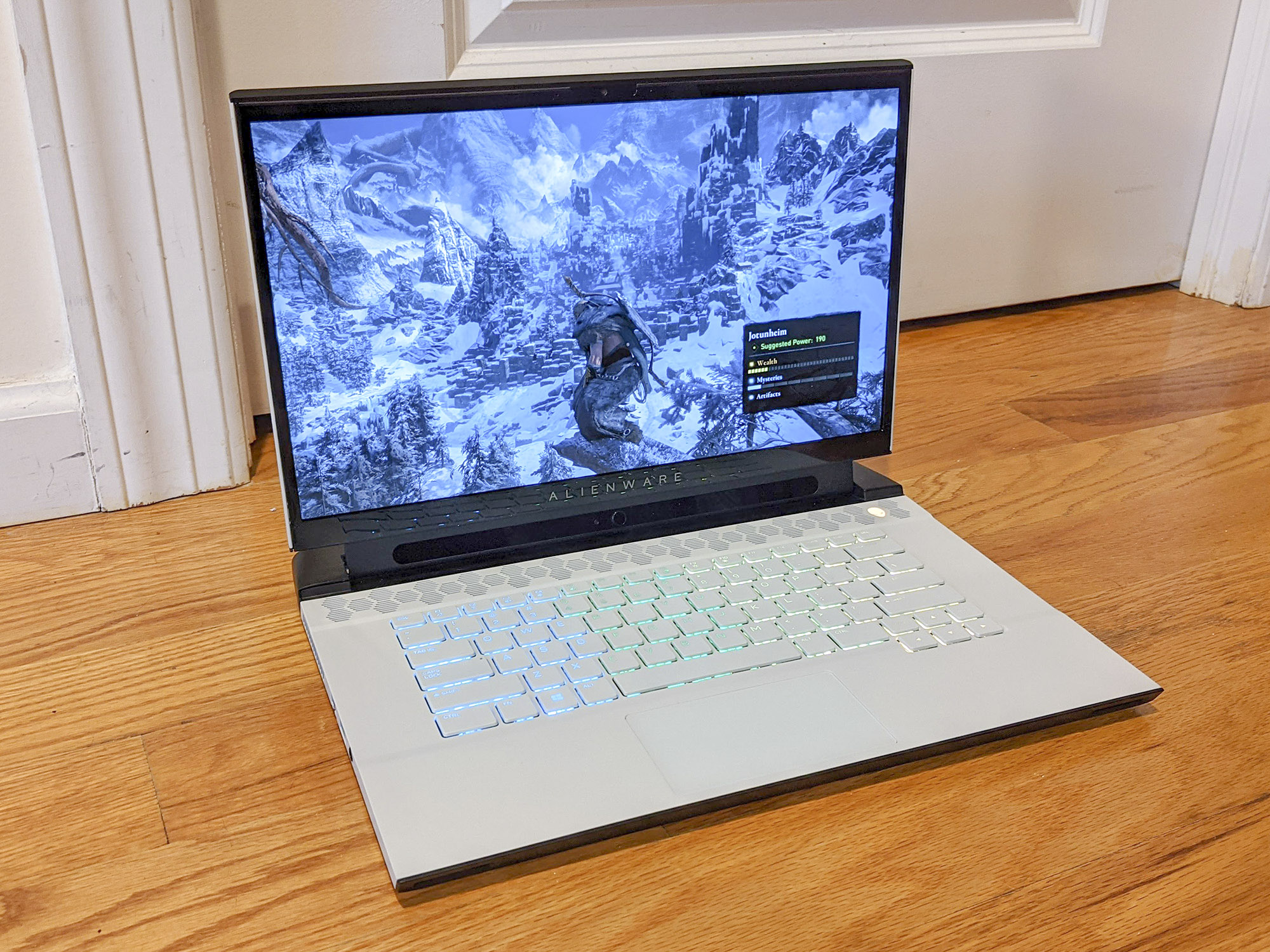
The Alienware m15 R4 is a sleek and functional gaming laptop powered by a beastly Nvidia GeForce RTX 3070 GPU. While this machine can easily run you $2,500 (or more), in return, you’ll get a streamlined and relatively lightweight device with a slick white chassis and an RGB keyboard. With a fast CPU, lots of hard drive space and a surprisingly good touchpad, the m15 R4 is a suitable tool for both work and play.
If you pick up this laptop, be aware that the fan can get very loud, and that the battery life isn’t really long enough for sustained productivity or gaming. Those (and the steep price tag) are about the only drawbacks, though. This machine can run the latest games at demanding settings; it has an optional 4K OLED display if you’re willing to pay extra; and thanks to its cutting-edge hardware, it’s sure to last you for years to come. If you’re willing to spend thousands of dollars for a premium Windows gaming laptop, and you don’t mind carrying a laptop charger around (in our battery tests this laptop barely lasted an hour while playing demanding games) this is the one to get.
Read our full Alienware m15 R4 review.
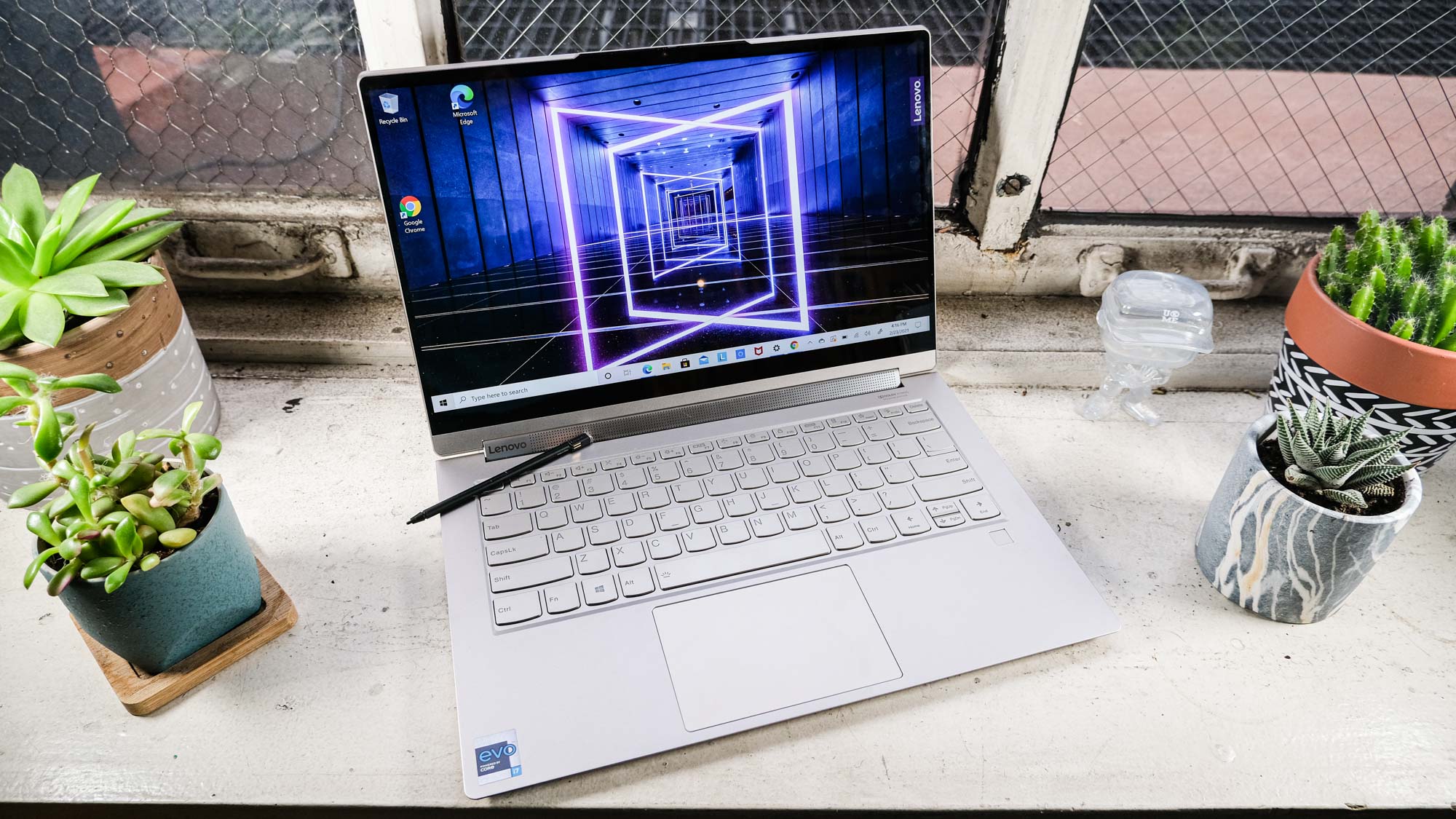
The Lenovo Yoga 9i entered a crowded field of 2-in-1s and made a splash with its competitive price. Not only does it have latest 11th Gen Core i7 processor, a built-in stylus and long battery life, but its display is plenty colorful and the clever rotating speaker packs a ton of punch in both laptop and tablet mode.
And, yes, its port selection may be a little thin, and its display could stand to be slightly brighter. But when it’s more than $600 less than a similar Dell XPS 2-in-1 and $400 less than an HP Spectre x360 with the same parts, the Lenovo Yoga 9i is a serious competitor for your investment. Talk about bang for your buck.
Read our full Lenovo Yoga 9i review.
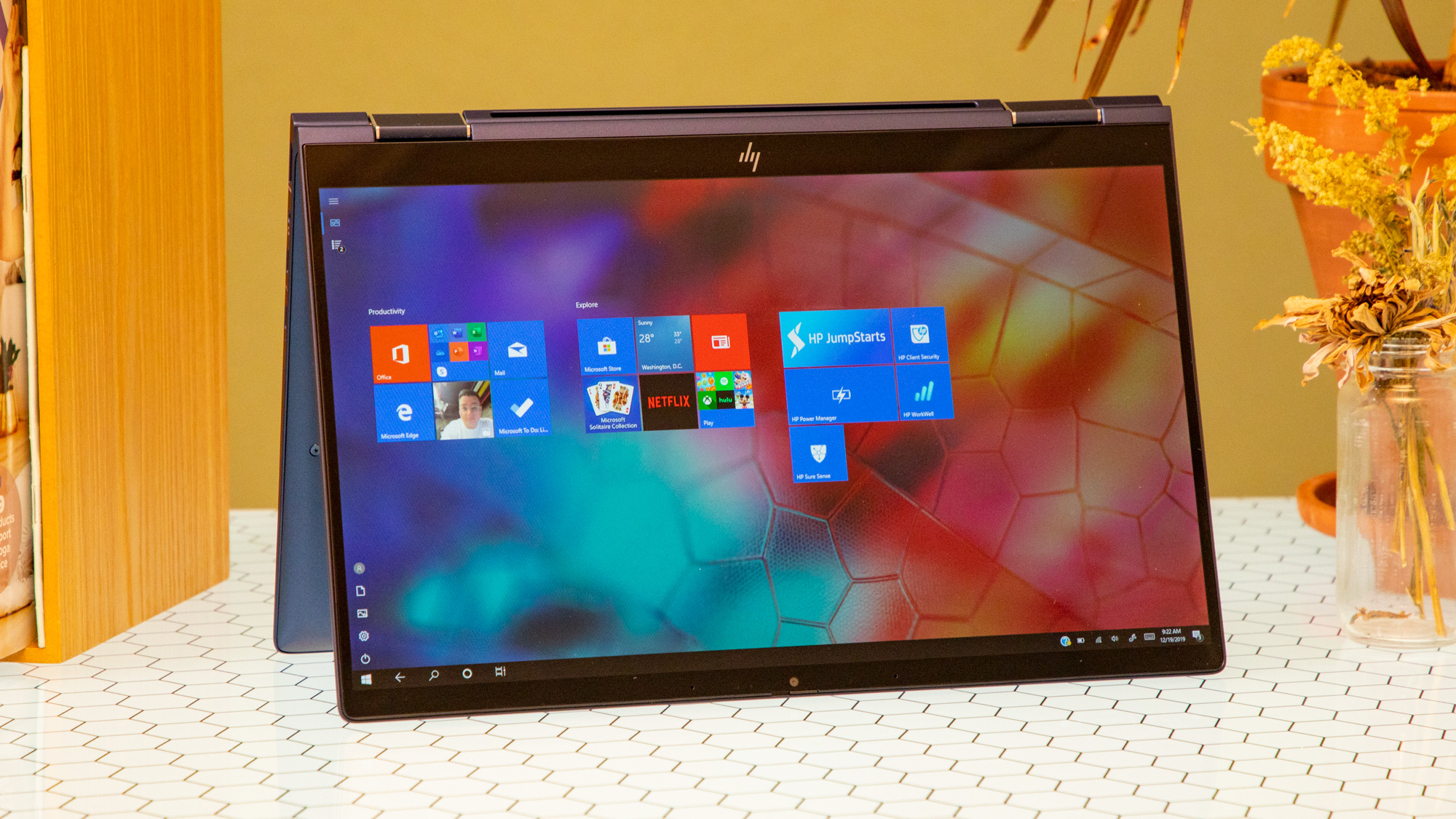
The HP Elite Dragonfly is one of those laptops that sets a new standard for the entire category. This 2-in-1 laptop’s design is one of the most stunning we’ve ever seen on a laptop, with incredibly thin edges that measure just 0.6 inches in thickness and a deep blue coat of paint that looks refreshing, mesmerizing and classy all at once. And while the Dragonfly feels nice and light at 2.5 pounds, it also feels impressively sturdy, has an oleophobic coating to prevent fingerprints, and uses recycled ocean-bound plastics to help the environment.
Performance and features-wise, this beauty is a beast. Its stunning 13.3-inch display looks gorgeous for movies and TV shows and crushed our color and brightness tests. Its 8th-gen Intel CPU isn’t the latest, but it can handle everyday workloads without issues, and its keyboard is one of the most pleasant we’ve ever typed on. There’s also its incredibly epic battery life of more than 12 hours (with the four-cell version of the battery, which costs about $22 extra), which beats top competitors like the MacBook Air and XPS 13. The Dragonfly is on the expensive side with a starting price of $1,629, but those who are willing to pay a premium will be rewarded with one of the best laptops on the market.
Read our full HP Elite Dragonfly review
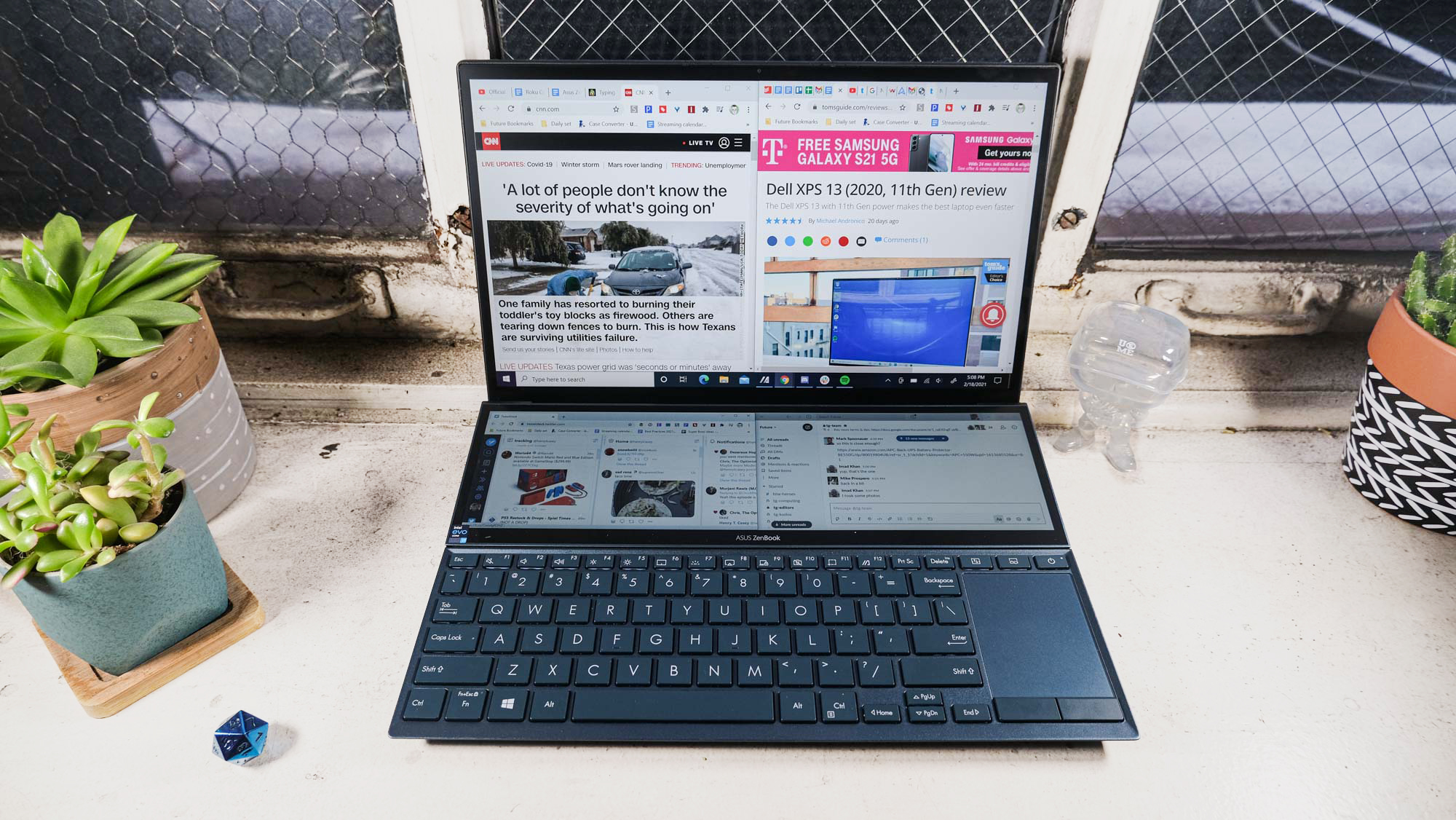

The Asus ZenBook Duo 14 is an intriguing bit of design that’s ideal for anyone who wants a second screen but doesn’t want an external display. Asus pulls off this feat by putting a 12-inch touchscreen above the keyboard. This screen is a great place for your secondary apps, such as Spotify, Slack, Discord and more; it can also be used by creative apps from the likes of Adobe, who put touch controls there. It’s so cool that it won a recommendation for best laptop breakthrough in our Tom’s Guide Awards 2021.
On top of that, the ZenBook Duo 14’s performance is speedy and competitive with the XPS 13, which it trades rounds with in head-to-head comparison. Plus, its battery life is long — especially when you appreciate that it’s got two screens to light up. The big downside, though, is that without a wrist rest, the ZenBook Duo 14 is a bit ergonomically unfriendly, and its touchpad is off to one side. But if you’ve got an external wrist rest (and maybe one of the best mouse picks), you should be just fine.
Read our full Asus ZenBook Duo 14 review.
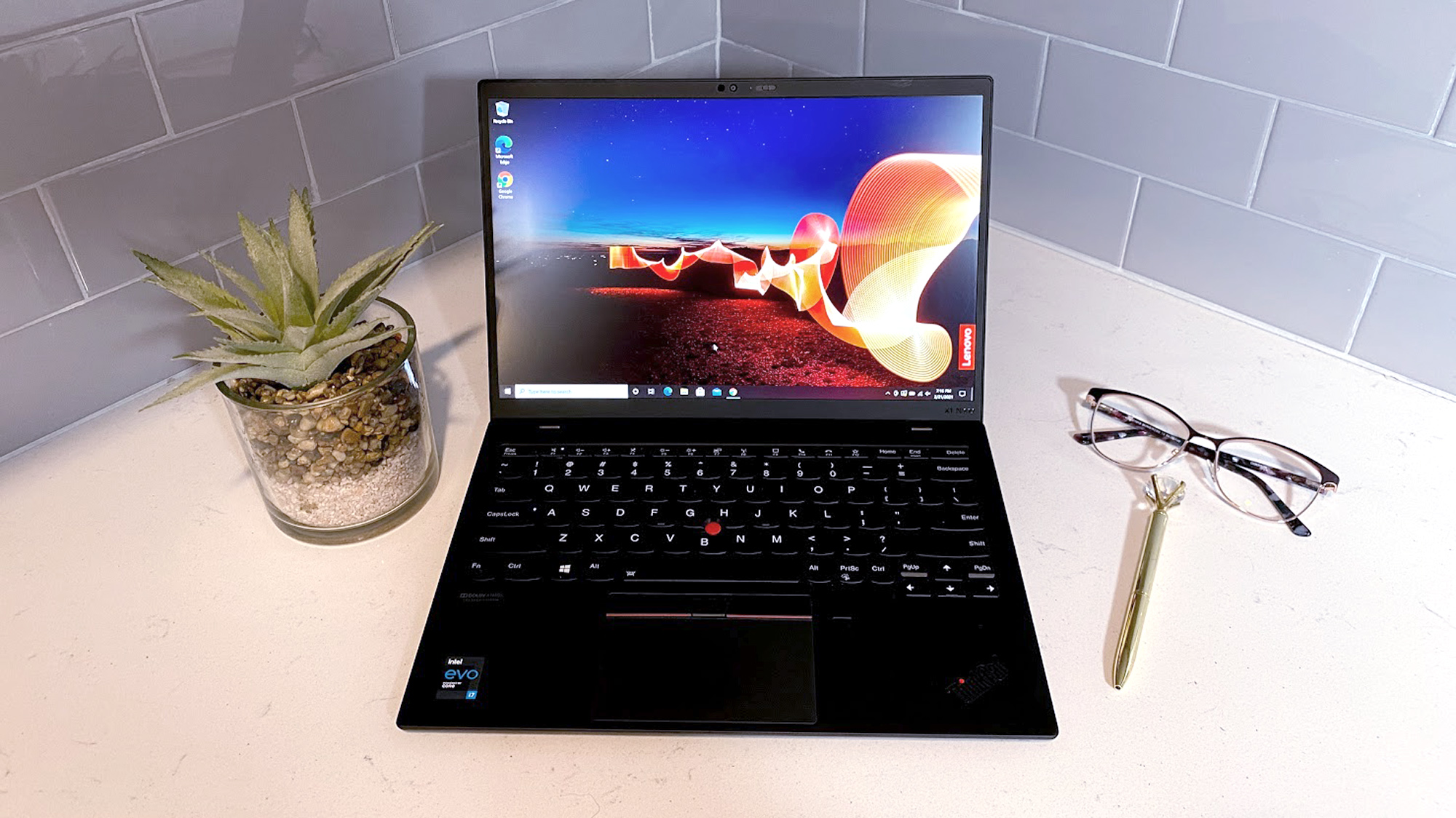
When we hear a laptop is incredibly thin and light, it makes us worry about how long it can last on a charge. But there’s nothing to worry about with the shockingly light 2-pound Lenovo ThinkPad X1 Nano, which lasted 12 hours on our battery test, making it competitive with some of the very best Windows laptops on the market today. And that’s quite impressive when you remember that even the svelte, high-performance XPS 13 crowning this list weighs in at 2.9 pounds, almost a whole pound heavier.
Lenovo didn’t sacrifice on performance or usability, as the X1 Nano’s Intel 11th Gen Tiger Lake processors provide the speed you need for tons of productivity. Plus, the keyboard provides a snappy and comfortable typing experience that lives up to the ThinkPad brand. If you absolutely must have the lightest Windows laptop this is a great choice; you just might need to pack a USB-C hub, as this ultra-light ultraportable is a little light on ports.
Read our full Lenovo ThinkPad X1 Nano review.
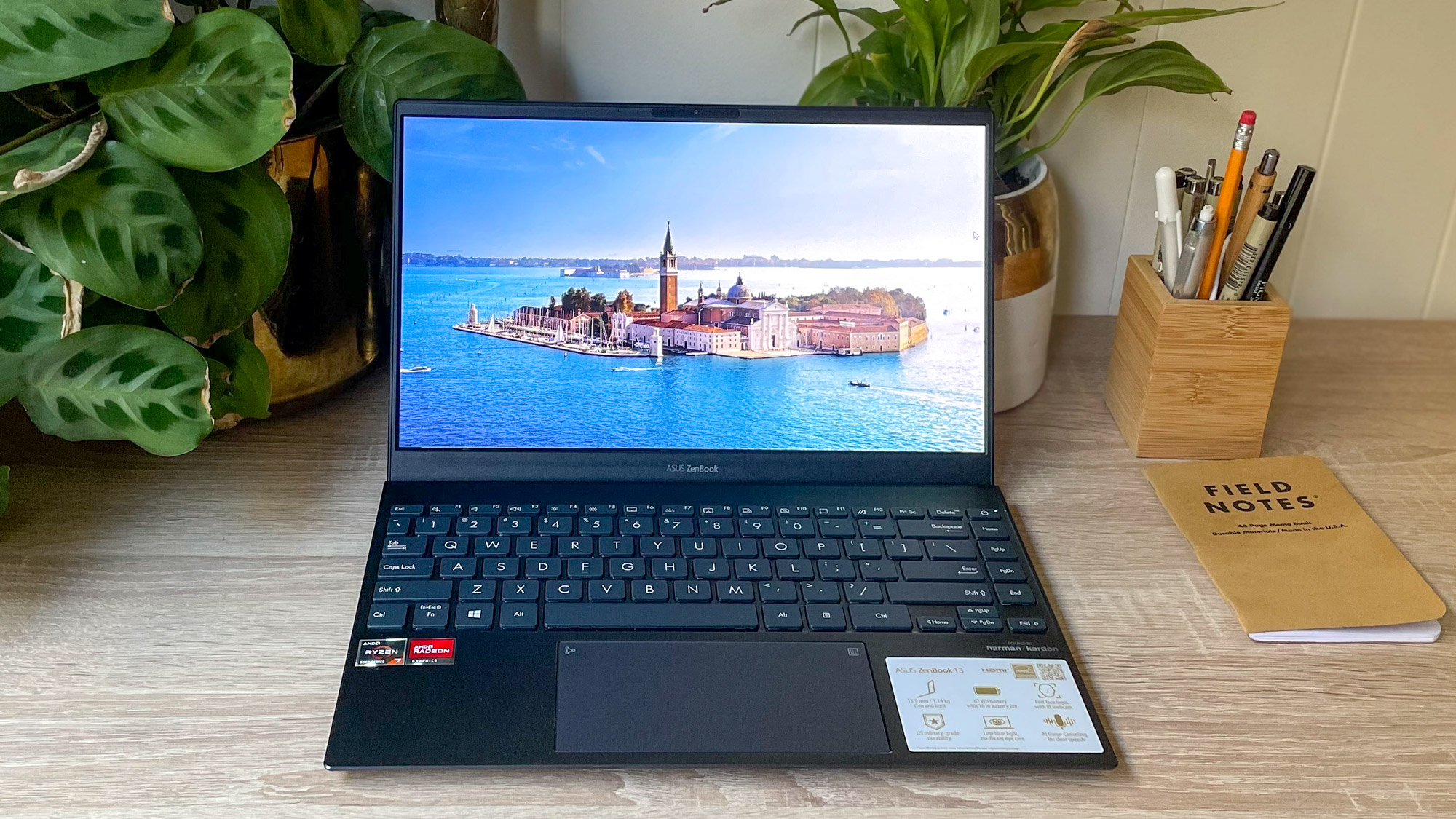
The AMD-equipped Asus Zenbook 13 OLED is an excellent value, offering an eye-catching 1080p OLED display and exceptional battery life in a slim, lightweight package for less than a thousand bucks.
Sure, the speakers aren’t amazing, the webcam leaves something to be desired, and there’s no headphone jack, but these are stumbling blocks you can work around. If you need a zippy little Windows ultraportable with a great screen that will last you all day long, you can’t do better than the OLED-equipped Asus Zenbook 13 at this price.
Read our full Asus Zenbook 13 OLED review.
How to choose the best Windows laptop for you
Performance: If performance isn’t important to you, say because you only need a laptop for browsing the web, you can save a lot of money by choosing a cheap Windows laptop with an Intel Core i3 processor and 4GB of RAM. Most of the laptops we’ve suggested here can’t be bought with anything less than a Core i5, so we recommend you check out our guide to the best laptops under $500 if performance isn’t your priority. But if speed and performance are important to you, pick a laptop with starting specs such as a Core i5 CPU, 8 to 16GB of RAM and at least a 256GB to 512GB SSD.
Size: Consider how mobile you want your Windows machine to be. Notebooks like the Dell XPS 13 and Lenovo ThinkPad X1 Nano are incredibly light and slim, while gaming-focused laptops like the Asus ROG Zephyrus G14 and Alienware m15 R4 have real weight to them — but offer real power in exchange.
Flexibility: The 2-in-1 category of Windows laptop is a relatively new but exciting market of devices with hinges capable of rotating all the way around to lay the screen flat on the back of the laptop, turning it into a Windows tablet. If the idea of having a laptop that doubles as a tablet is exciting to you, Windows notebooks like the Lenovo Yoga 9i or HP Elite Dragonfly are a great choice.
Graphics and gaming: Most Windows laptops feature integrated graphics as part of the CPU, which means they can handle old or undemanding games like Minecraft or World of Warcraft, but they won’t be great at running the latest games or any intensive graphics applications (think: photo and video editing). For that, you’ll want a laptop with a discrete graphics card, like Nvidia’s RTX 30-series or AMD’s Radeon RX 5000 series cards.
Whatever system you choose, it’s always a good idea to complement it by investing in the best mouse for your particular work situation.
How we test the best Windows laptops
The best Windows laptops rise to the top in our lab tests, in which we run every machine through a rigorous suite of benchmarks and real-world tests to gauge how it will perform during everyday use.
For example, we carefully measure the average brightness and color quality of each laptop’s display using our in-house light meter and colorimeter. To evaluate overall performance we run our machines through tests that include Geekbench 5 (CPU performance), as well as various 3DMark tests to measure graphics capabilities. We also run a file transfer test to measure how fast a machine’s hard drive is, and a custom battery test that has the machine browse the internet over Wi-Fi until it runs out of juice.
When testing all laptops we benchmark gaming performance running Sid Meier’s Civilization VI: Gathering Storm. For testing dedicated gaming laptops, we also run benchmarks for a number of other popular games, such as Assassin’s Creed Odyssey and Red Dead Redemption 2.
All of these lab tests are complemented by our hands-on review process, in which reviewers spend time putting each laptop through its paces while working, watching movies, listening to music, and playing games.
For all the latest Technology News Click Here
For the latest news and updates, follow us on Google News.
